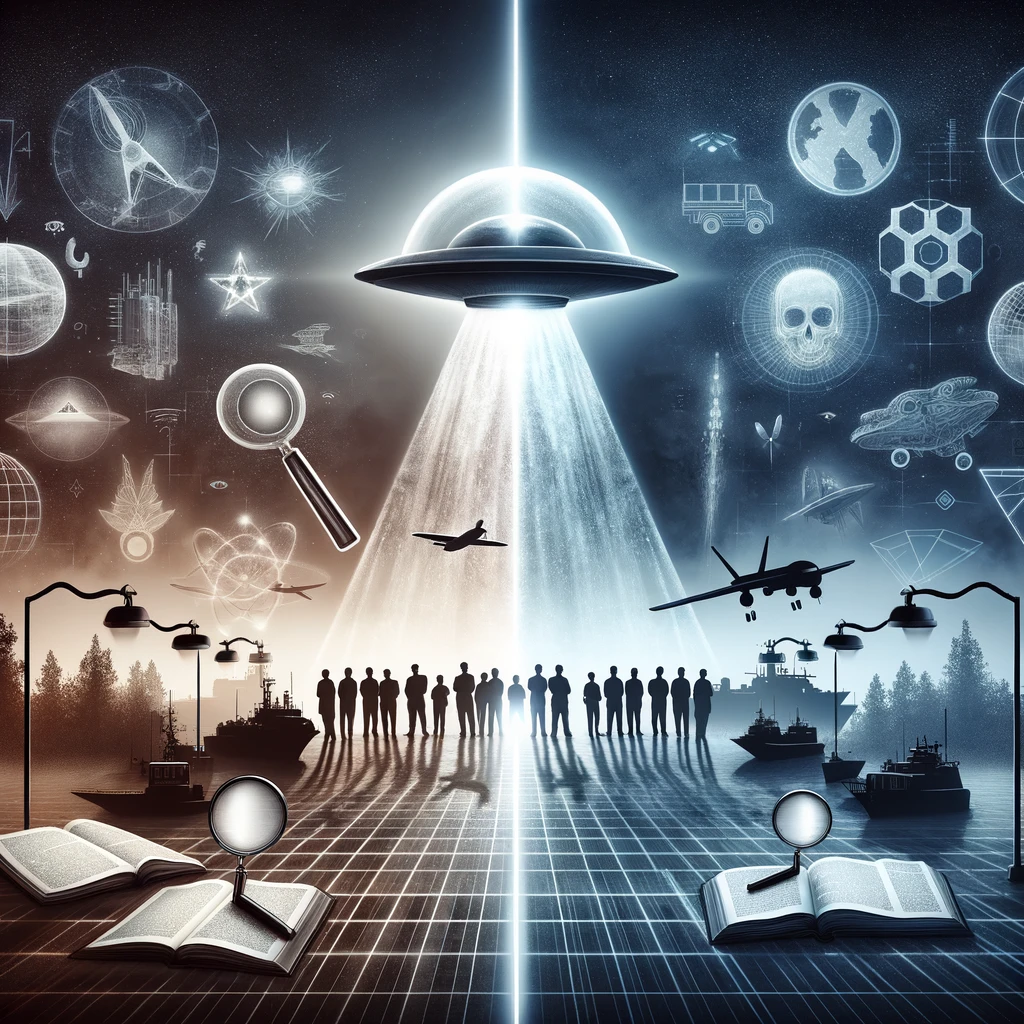Christopher Mellon at the SOL Foundation Symposium

At the SOL Foundation Symposium, Christopher Mellon offered a detailed examination of the potential impacts of revealing Unidentified Aerial Phenomena (UAP) information to the public. During this notable event organized by Nolan Laboratory and the Stanford School of Medicine in November 2023, Mellon looked into the progression of UAP discussions from 2017, marking a transition from casual interest to significant national security concerns. His personal shift from addressing intelligence oversights on UAP to considering the effects of potential extraterrestrial technology recovery mirrors the larger shift in dialogue surrounding UAPs.
Central to Mellon’s presentation was the complex issue of disclosure. He pondered the balance between the advantages of openness and the potential risks, such as public unrest and international tension, highlighting the challenge posed by the lack of complete information within government circles for making informed decisions about disclosure. From a national security perspective, Mellon pointed out that the implications of extraterrestrial technology and UAP interactions with military assets cannot be overlooked, necessitating a nuanced approach that weighs scientific exploration against security needs.
Christopher Mellon discusses various aspects related to UAP, including the notion of an interdimensional presence, encounters by the military, radiation emissions, and instances of radar jamming.
- Interdimensional Presence: Mellon addresses the concept of an interdimensional presence by stating that the UAP encounters are not exclusively dealing with “an intangible, interdimensional presence that has for centuries been seeking to subtly influence human affairs.” He suggests that while such a phenomenon could be occurring and is a fascinating issue, the military is encountering physical, intelligently controlled objects.
- Military Encounters: Mellon describes the military’s encounters with UAP as involving “intelligently controlled solid objects invading restricted military airspace, sometimes flying in formation.” He notes that these are not just abstract phenomena but tangible objects that are being observed and interacted with by military personnel.
- Radiation: Mellon mentions that the objects encountered are “emitting radiations in the 1 to 3 and 8 to 12 gigahertz range. This detail points to the physical and measurable effects these objects have on their surroundings, including the emission of specific frequencies of radiation.
- Jamming Radar: Mellon highlights instances where these objects have been reported to jam radar systems on fighter aircraft. He states, “in other recent cases, they’re jamming Radars on fighter aircraft,” indicating a direct and disruptive interaction with military technology.
These points from Mellon’s speech underscore the physical and measurable nature of the UAP encounters, moving beyond theoretical or speculative discussions to concrete observations and interactions that have implications for national security and technological understanding.
Mellon also touched on the increasing attention from Congress, driven by credible reports and testimonies, which brings ethical questions to the forefront about embarking on a path towards disclosure without fully grasitating its ramifications. He further speculated on the international and humanitarian implications of such disclosures, suggesting that acknowledging an extraterrestrial presence might unite the world against a common external challenge, transcending existing conflicts and fostering global cooperation.
Reflecting on historical events like the Sputnik crisis, Mellon suggested that humanity’s response to existential shocks could lead to beneficial outcomes, fostering technological and philosophical advancements. He concluded by advocating for a cautious and deliberate approach to the disclosure of UAP information, emphasizing the importance of public education and international collaboration to manage the potential disruptions such revelations could cause.
Mellon’s comprehensive analysis at the symposium showcased his deep engagement with the UAP issue, balancing the natural human desire for knowledge with the practical considerations of national security and global stability.


